The Ultimate Guide to Effective Vegetation Control: Tips and Techniques
Welcome, green thumbs and property owners, to our comprehensive guide on effective vegetation control! As nature enthusiasts, we understand that maintaining lush and thriving landscapes goes hand in hand with the need to manage and control vegetation growth. Whether you're a property owner, a gardener, or a landscape professional, this guide is your one-stop resource to tackle the challenges posed by unruly vegetation and achieve picture-perfect green spaces.
Why Effective Vegetation Control Matters
Before we dive into the tips and techniques, let's first understand why vegetation control is crucial for the health and aesthetics of any property. Unchecked growth of weeds, invasive plants, and overgrown vegetation can wreak havoc on your carefully cultivated gardens, lawns, and yards. These unwanted plants compete for essential resources such as water, sunlight, and nutrients, leading to stunted growth and reduced yields for your desired flora.
Beyond aesthetics, vegetation control is essential for preserving the structural integrity of buildings, fences, and infrastructure. Invasive plants can infiltrate and damage these structures over time, leading to costly repairs and maintenance. Moreover, some vegetation can pose safety hazards, such as obstructing sightlines on roadways or creating slippery surfaces.
Identifying and Understanding Your Vegetation
The first step to effective vegetation control is identifying the specific plants you're dealing with. Different weeds and invasive species require different approaches for eradication. Take time to familiarize yourself with the characteristics of each plant, such as growth habits, root systems, and flowering patterns. This knowledge will help you tailor your control methods accordingly.
Manual Removal Techniques
For small infestations or delicate areas, manual removal can be a practical and eco-friendly solution. Hand-pulling, digging, and cutting are effective ways to tackle weeds with shallow root systems. Be sure to remove the entire root to prevent regrowth. Use appropriate tools, such as hand trowels and weed pullers, to make the task more manageable.
Mulching for Suppression
Mulching is an effective preventative measure for vegetation control. Organic mulches, such as wood chips or straw, create a physical barrier that suppresses weed growth while retaining soil moisture. Mulching also enriches the soil as it decomposes, promoting healthy plant growth for desired species.
Herbicide Application
When dealing with extensive or stubborn vegetation, herbicides can be valuable tools. Selective herbicides target specific types of weeds while leaving desired plants unharmed. Non-selective herbicides, on the other hand, are effective for broad eradication but must be used with caution near desirable plants.
Timing Matters
The timing of your vegetation control efforts can significantly impact their effectiveness. Apply herbicides during the active growth phase of target plants for maximum absorption. For manual removal, tackle weeds before they produce seeds to prevent further spread.
Weed Control Can Be a Delicate Procedure
Effective vegetation control is not just about achieving a weed-free environment; it's about promoting the health and vitality of your property's green spaces. By identifying and understanding the vegetation, employing the right techniques, and maintaining a proactive approach, you can create a harmonious balance between desired flora and the control of unwanted plants. Remember, patience and consistency are key to successful vegetation management. Observe your property regularly and take swift action against invasive species before they can take over. Still not sure where to start? Contact us to learn more about how we can help manage the vegetation on your property.




